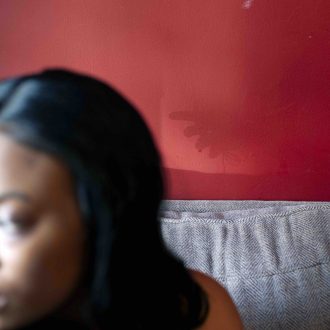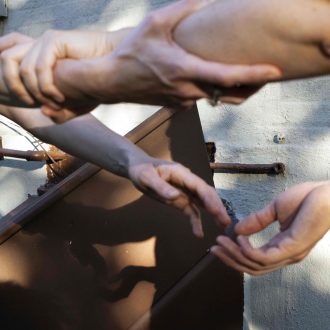Photographer Jeanette Spicer is presenting her show What it Means to Be Here at The Metropolitan Community Church opening next Friday, October 15th, 6-9pm. MCC is a historical LGBTQ+ church run by Reverend Pat Bumgardner. You can read more about Rev Pat and the church’s legacy in this article that she wrote and photographed for in the spring.
Here are some words about her work:
“In my series What it Means to Be Here (2018 – ongoing), I capture the intimacy between non-heterosexual women with a sense of ordinariness and reverence for sex, pleasure, and desire, with agency, honesty, and spontaneity. Through this work, I call into question the historic photographic erasure of lesbian representation.
My use of light and shadow generates a tension between the known and unknown as I often cut the body’s signifier from its signified. This creates fragments of perceived union and allows for space to open up for new possibilities of being seen and represented as a queer/lesbian woman. The shadows also function as a blurring of boundaries, opening opportunities for desire and wonder. I often challenge the constraints of the frame by using various technical strategies in which I frustrate the male gaze in order to reimagine and reclaim a distinct, lesbian gaze. When creating in-camera collages of bodies and other objects within a space, I point out the androgyny and gender “signifiers” of some of my subjects, inevitably challenging the bi-polarization of gender identity.
Historically, interiors have represented isolation and confinement for women. However, the interiors in my work represent independence and a reclaiming of ownership. My photographs of exterior scenes, sometimes shot in gay male cruising sites, offer an opportunity to explore these sexual playgrounds dominated by men and to imagine our bodies in spaces dedicated to cruising that lesbian and queer women rarely have access to. What it Means to Be Here emerged from a desire to grapple with the absence of lesbian photographers, the lesbian gaze, and the long history of patriarchal constructs that shape our ideas of the female form, intimacy, and the creation of images.”




